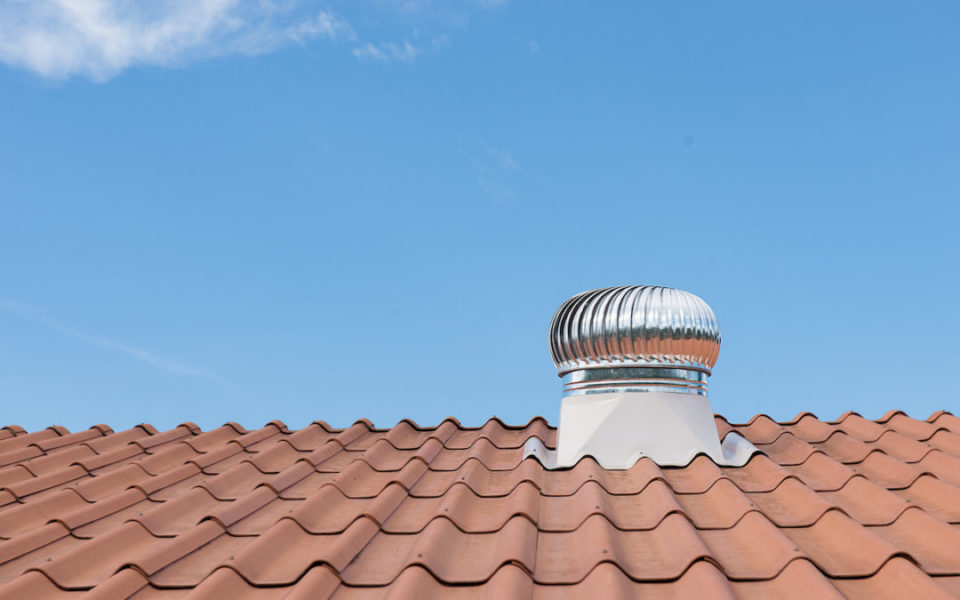It’s easy to understand that roofing system airflow is frequently forgotten, as many people are just worried about their roofing system keeping their home completely dry. Although a nicely-ventilated roof is able to make life easier as well as better for ones living under it. Proper roof covering as well as attic ventilation can decrease heating and cooling expenses, enhance indoor convenience, and grant a longer life to roofing shingles.
If you are searching for “roofers in my area,” please click on the link.
In the summer, an appropriately aerated roofing enables warm air in the attic room to get away, lowering the demand on your cooling system. In the winter, airflow combines with excellent attic insulation to keep the roof surface cold, so that snow won’t thaw on the roof surface area and then adhere from ice dams along the eaves.
- Ridge Vents
Installed along the roofing peak, ridge vents are probably the most crucial vents in any kind of “passive” roof airflow system. Hot air that collects inside the attic increases by convection as well as gets away outside via ridge vents. As warm air leaves, fresh outdoor air is attracted right in the attic via soffit vents.
Over an asphalt shingle roof system, ridge vents are covered by usually a layer of tiles. The warmest air in the attic room climbs normally to the roofing system height, as well as gets away outside via the ridge vents.
- Soffit Vents
Soffit vents run alongside the eaves along the soffit. These vents work with ridge as well as gable vents to promote great roof covering airflow. Installed along the eaves of the roof, these vents are normally in the type of grilles that run the size of each soffit. By confessing outside air into the attic room as warmer air leaves the attic with greater vents, soffit vents play a major duty in effective roofing system ventilation.
- Gable-end vents
Set up near the optimal of a gable end, this evaluated vent can permit hot air to leave the fresh air or attic to go into, depending on dominating breezes and temperature level problems.
- Powered Attic Ventilators
Often described as attic fans, PAVs come in numerous types. Some are created to be placed on the roof covering, while others place in the gable end or the attic floor. All PAVs contain an electrically powered fan that tires warm air from the attic on hot summer days.
If you require any emergency repair of your roofing, please contact with the link.

